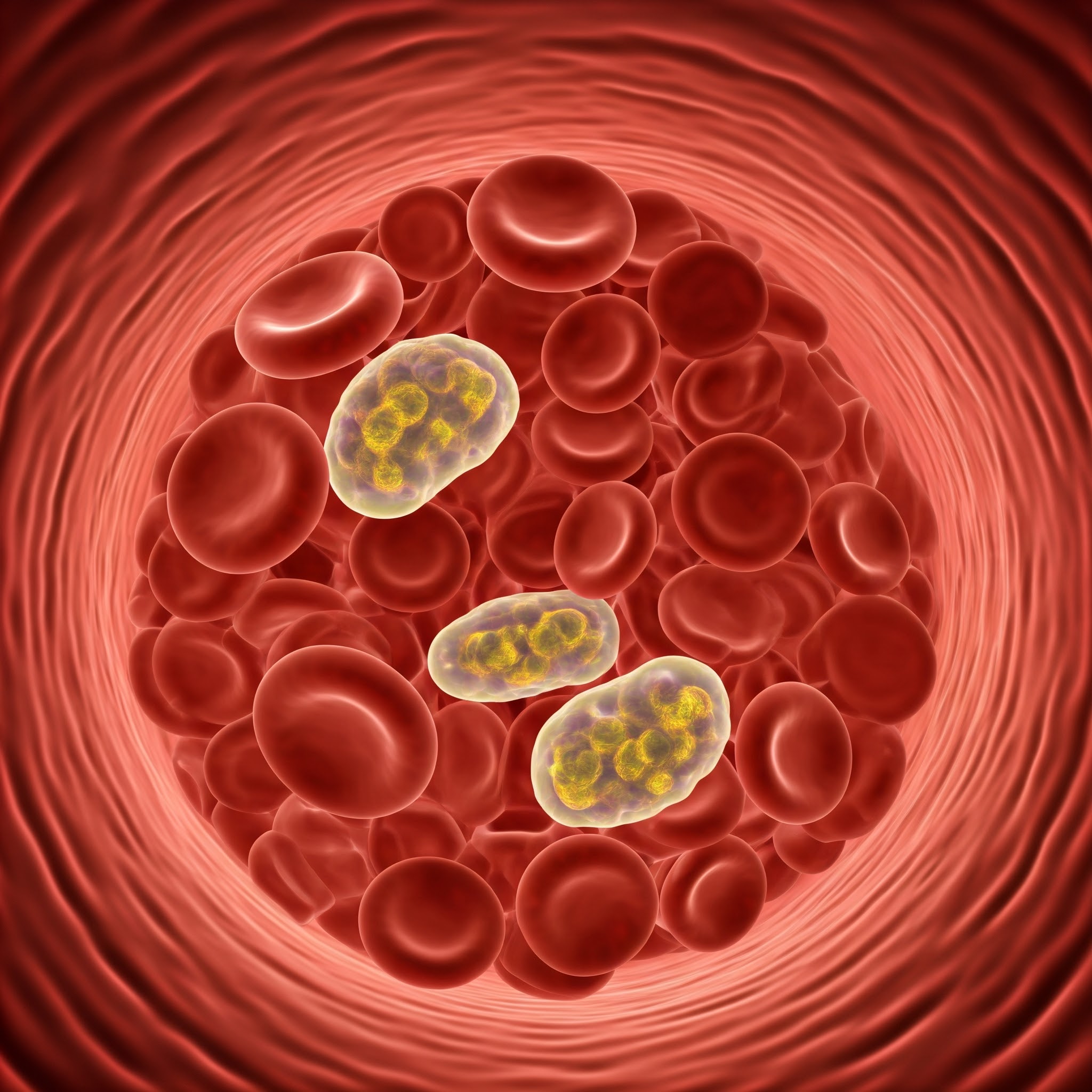To find out which genetic variations are most likely to impart treatment resistance, researchers at the University of California San Diego examined the genomes of hundreds of malaria parasites. Researchers may be able to better prioritize the most promising experimental treatments for future development and apply machine learning to anticipate antimalarial drug resistance according to the findings, which were reported in Science. The method may potentially be used to predict treatment resistance in cancer and other infectious disorders.
A lot of drug resistance research can only look at one chemical agent at a time, but what we’ve been able to do here is create a roadmap for understanding antimalaria drug resistance across more than a hundred different compounds,
These results will be useful for other diseases as well, because many of the resistant genes we studied are conserved across different species.
Elizabeth Winzeler, Ph.D.
Their findings were published in the journal Science.
In many tropical and subtropical locations, malaria, a disease spread by mosquitoes that affects hundreds of millions of people worldwide, poses a serious threat to public health. Malaria continues to be a major source of morbidity and mortality despite significant improvements in its control, especially in Africa, where the World Health Organization reports that 95% of malaria deaths take place. The rise of drug-resistant variants of Plasmodium falciparum, the parasite that causes malaria, has caused first-line medications to fail time and time again.
Also Read: Malaria – Parasite, Vector and the ongoing battle against a silent killer
The need for new, more effective malaria treatments is urgent, but funding for malaria research and drug development is very limited,
However, the malaria research community is organized and highly collaborative, and our study was able to leverage these strengths to create a resource that will make the process of identifying and prioritizing new malaria treatments significantly easier.
Elizabeth Winzeler, Ph.D.
The scientists examined the genomes of 724 malaria parasites that had developed resistance to one of 118 distinct antimalarial substances in the lab, including both novel experimental medicines and well-known therapies. The researchers were able to determine distinctive characteristics of these genetic variants, such as their physical placement inside genes, that may be used to forecast which variations are likely to contribute to drug resistance by searching for patterns in the mutations that were linked to resistance.
Our ultimate goal is to use machine learning to help us understand which compounds have the most risk of being compromised by resistance so that we can streamline the early drug development process and ultimately get treatments into clinical trials faster.
This study gives us the data needed to train these new tools.
Elizabeth Winzeler, Ph.D.
The study also uncovers how networks of genes come together to mediate resistance across chemical classes, and provides a road map as we search for resistance-refractory compound.
David Fidock, Ph.D.
Also Read: A single mutation to the H5N1 influenza surface protein could make human infection easier
The researchers point out that although the results have important ramifications for the creation of novel antimalarial medications, their methodology may also be applicable to other illnesses. This is due to the fact that the genetic machinery that causes drug resistance is the same in human cells as well as in many infections. Many of the resistance-driving changes found in the research, for instance, came from a protein called PfMDR1 found in P. falciparum parasites. This protein has the ability to transport things between different sections of the cell, including medications away from their site of action. PfMDR1 is exactly the same in humans, and one of the main causes of cancer treatment resistance is mutations in the human form of the gene.
Source: UC San Diego Today
Journal Reference: Luth, Madeline R., et al. “Systematic in Vitro Evolution in Plasmodium Falciparum Reveals Key Determinants of Drug Resistance.” Science, 2024, DOI: 10.1126/science.adk9893.
Last Modified:







